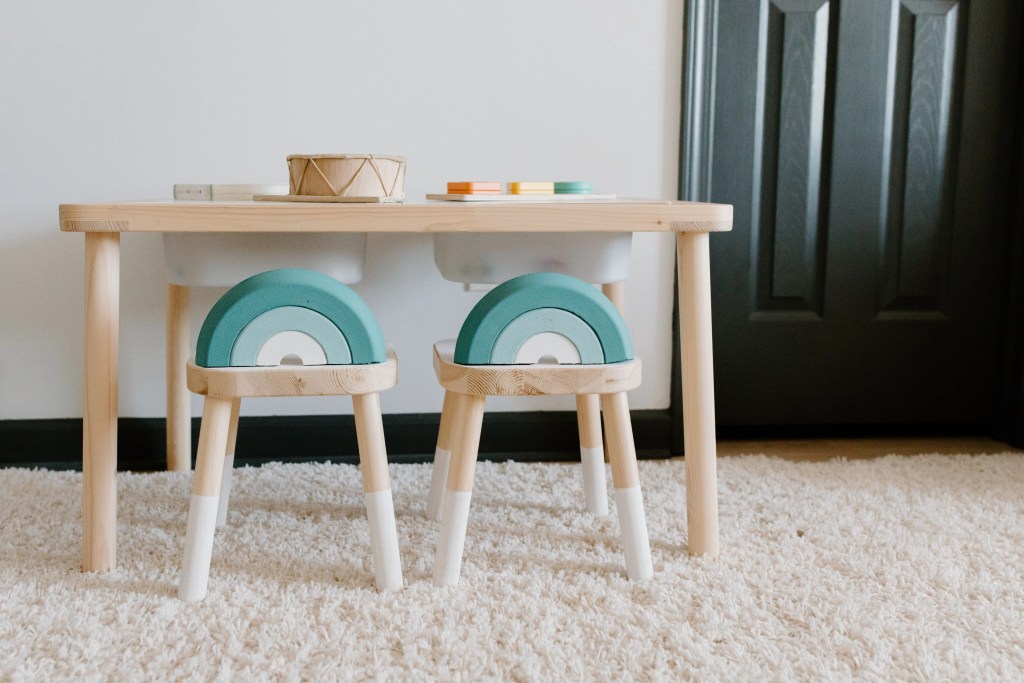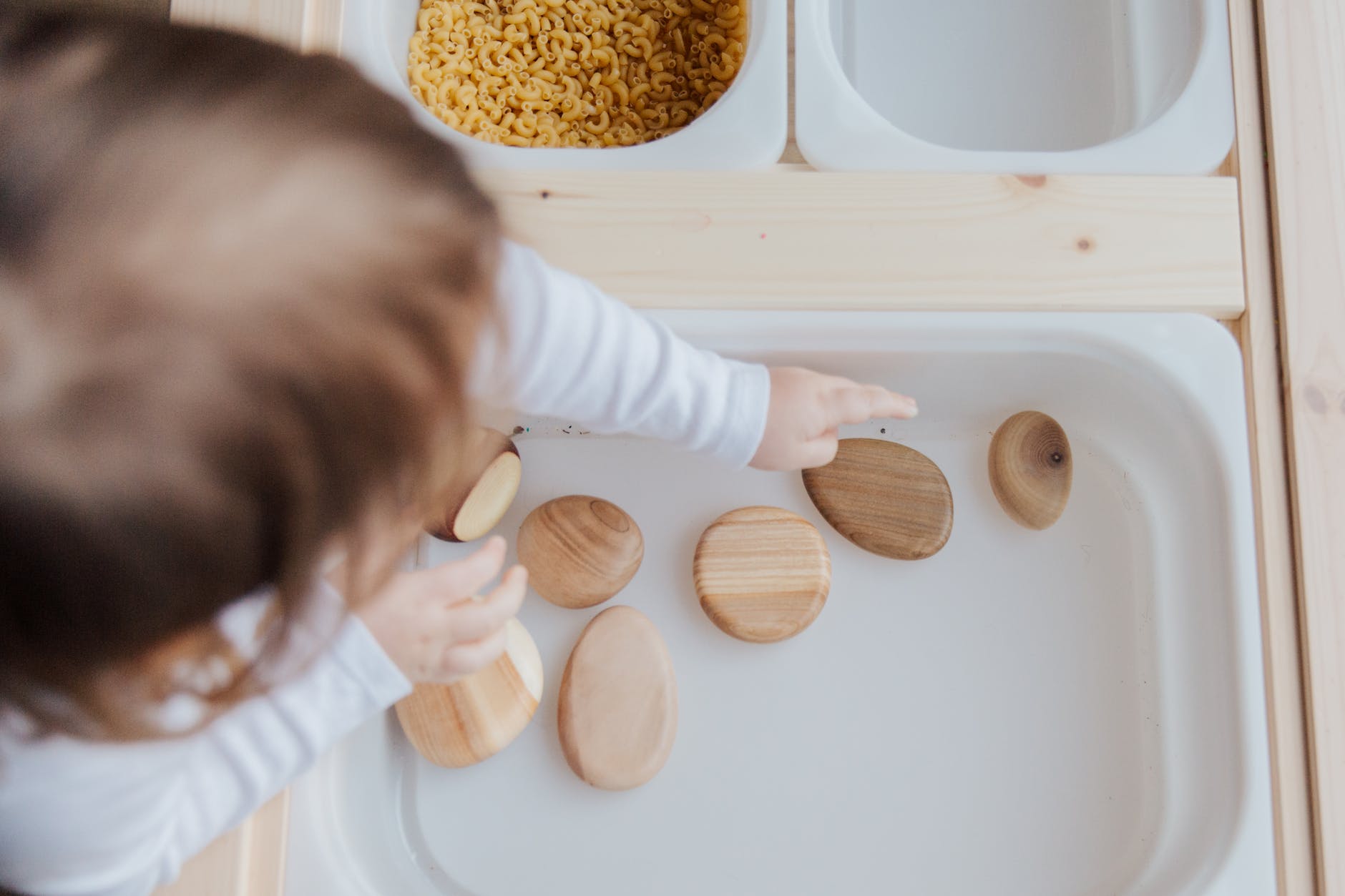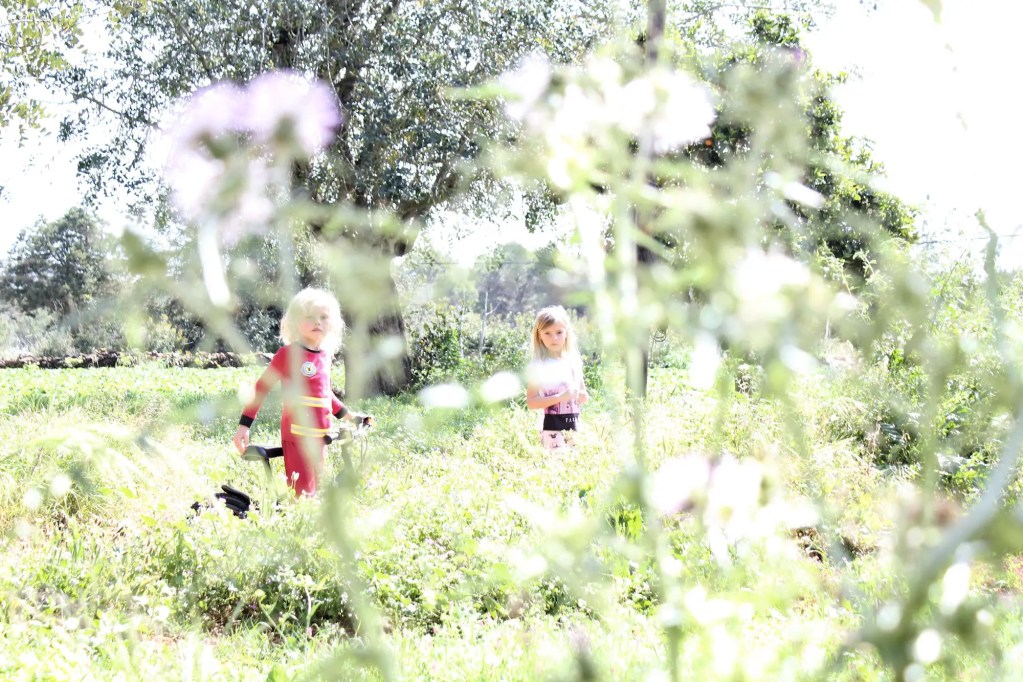
If you are a parent, you probably already know the benefits of following a Montessori philosophy in your child’s life.
If not, here’s a quick rundown:
Simply put, it’s an education method that focuses on independence and self-directed learning. The basic idea behind this approach is to allow children to explore the world around them without being led by adults or other outside influences like teachers or textbooks. This allows kids to develop their own interests and passions while providing them with opportunities to try new things without fear of failure or judgement from adults; they learn through trial-and-error and by making mistakes (because everyone makes mistakes!).
As parents who want our children to grow up feeling confident and capable – as well as understanding how important it is for each person to take responsibility for themselves – we should try incorporating some elements of Montessori into our homes! Here are 10 simple ways you can do this:
1. Have a clear and consistent routine.
Establish a routine and be consistent.
Let your children know what is expected of them at certain times during the day, such as before bedtime or when they wake up in the morning, so that they can better prepare themselves for these activities or even anticipate their arrival. Your routine should be relaxed, fun and age-appropriate (for example, you may want to incorporate more structured tasks with your younger child but encourage independent play with an older one).
2. Let children help with chores.
Let children help with chores.
Children should be encouraged to help with chores, and should be allowed to help with chores when they are ready. When a child is ready to take on some responsibilities, the parent should give him or her opportunities to contribute in any way possible (within reason). A young child can set his own place at the table, or get his own drink from the fridge. An older child could assist with laundry and vacuuming or clearing their room after playing in it all day long!
3. Use the word “yes” as much as you can.
One of the main tenets of Montessori is that children should be allowed to try things on their own. By giving them the freedom to explore, you are helping them learn that they can do things for themselves and that they are capable. The result is a self-assuredness in your child that will carry over into adulthood.
One way to reinforce this idea is by using positive language when talking with your child.
Instead of saying “no” all the time, try saying “yes” instead when appropriate—and only say it when there really is no danger or risk involved in trying something new! If a situation is questionable, maybe give an explanation as to why something isn’t safe before saying no: “Do you want to go outside? But it’s raining outside right now, so we might get wet.” Instead of just saying no without explanation (or even worse, hitting), explain what the problem is and why something isn’t safe before making any decisions about whether or not your child should do something on their own (or with another adult).
4. Let things be messy sometimes.

Let kids make messes sometimes. It’s good for them to get their hands dirty, and it teaches them about the world.
Messes are not the end of the world. They’re just another learning opportunity!
Don’t stress over a little spilt milk or crayon on the wall—it can be cleaned up later, so let your kids play with their toys without worrying too much about making a mess.
5. Be present when you are present.
The Montessori philosophy teaches that it is important to be present with your children, and I have found this to be true. In order for my kids to feel comfortable around me, I need to stay in the moment with them. This doesn’t mean that we can never talk about the past or plan for the future, but it does mean that when we are together we should focus on what is happening now.
Don’t worry about what happened in the past or what will happen in the future; let those thoughts go so you can enjoy being with your children in the moment. Don’t worry about other people’s problems; don’t worry about your own problems; just relax and enjoy being there with them.

6. Offer a wide variety of toys and activities, and let them choose what to do first.
Offer a wide variety of toys and activities, and let them choose what to do first.
There are so many benefits to letting children choose their own activities, but one of the best is that it helps with their self-regulation skills. They can select the toy they feel like playing with at that moment, knowing that they won’t be interrupted by you picking something out for them. This can help prevent meltdowns and the kids know they have the independence to select their own activity.
It’s also important for children to learn how to make decisions about how they spend their time—and some things are worth revisiting again and again! Allowing your child multiple opportunities each day or week to make choices about what he or she wants to do may lead him or her away from repeating certain types of play; however, if those types of play make him happy, then don’t hesitate!
Try to opt for open-ended toys that will spark their imagination. They may look boring and unstimulating to you, but to them, they see a world of possibility.
7. Take children outside at least once every day, no matter the weather conditions or how busy you are.
The most important thing you can do as a parent is get your child outside every day. A Montessori environment focuses on developing independence and self-directed learning, but it also provides freedom for children to explore their surroundings. This education style encourages children to go out and explore the world around them, which helps them develop problem-solving skills, curiosity and confidence in themselves.

If your child has never experienced this kind of freedom before, it might be difficult for them at first. But if you take things slow and encourage them along the way, they’ll soon find that being outside is one of their favourite things to do! One way to encourage outdoor playtime is by giving kids some equipment like balls or bubbles (or even just some chalk) so they have something fun to keep themselves occupied with while still being safe inside the house’s boundaries – this will make it easier for everyone involved – parents included!
8. Make everyday tasks real work for children too, and allow them to “help” as much as they want to and find ways that they can be involved around the house.
Allow children to help with chores. Children should be allowed to do as much as they want and find ways that they can be involved around the house.
Give your child responsibility for their own things, especially those tasks which are within their capabilities and age range (e.g setting the table, sweeping, washing veg).
There are some great options for a safe and secure toddler tower in the kitchen so they can help with the washing up or chopping (if they are old enough). We have this learning tower and my kids love it. It’s made of wood and is adjustable and isn’t as offensive on the eye as some other alternatives. It comes in a few colours so you can pick what works best with your decor at home.
Link for our Montessori toddler tower
9. Allow children to experience consequences
Children need to learn that their actions have consequences, both good and bad. They also need to be able to make decisions on their own because they will have to do that as adults. The best way for children to learn these things is by allowing them to experience the natural consequences of their actions within reason. Allow them to fall or touch something hot (within reason) provided you are there to support and they are not in any serious danger of course. Trust your instincts mama!
10. Follow their lead most of the time, so that they can lead you back to something interesting later on!
Follow their lead most of the time, so that they can lead you back to something interesting later on!
Don’t let them get too far ahead of you; if your child starts running off in a direction and seems like he is about to get lost or hurt himself, try to guide him back by saying something like: “We have some more things we need to do here first.”
If your child wants to do something different from what you are doing at the moment (like playing with blocks instead), allow them the time and the space to choose their activity. This nurtures their creativity and independence.
11. Create a safe and accessible environment.
Montessori philosophy emphasizes the importance of creating a safe and accessible environment for children. This means that parents should be aware of potential hazards and take steps to ensure that their child can move around freely and independently without fear of harm. You can start by childproofing your home and then gradually giving your child more independence and freedom to explore as they grow older.
12. Encourage independence.
Independence is a key aspect of the Montessori philosophy. Encourage your child to do things for themselves, such as getting dressed, making their bed, and preparing their own snacks. This helps them develop a sense of autonomy and self-reliance, which will serve them well in the long run.
13. Provide opportunities for hands-on learning.
Montessori education emphasizes hands-on learning and exploration. Provide your child with opportunities to engage in sensory play, such as playing with sand, water, and other materials that stimulate their senses. Offer them materials and toys that encourage open-ended exploration and experimentation, such as blocks, puzzles, and art supplies.
Montessori philosophy places a strong emphasis on nature and the environment. Take your child on nature walks and hikes, point out interesting plants and animals, and encourage them to explore and appreciate the natural world. This will help them develop a sense of wonder and curiosity about the world around them.
14. Foster a love of learning.
Finally, Montessori education is all about fostering a love of learning. Encourage your child to pursue their interests and passions, and provide them with a wide variety of learning opportunities. This might include books, educational apps and games, field trips, and extracurricular activities. By nurturing their curiosity and love of learning, you’ll be setting them up for success in the future.
It’s not difficult to implement Montessori teachings at home. It doesn’t need to break the bank.
These are just a few ways to incorporate Montessori into your home life. The important thing is to remember that you are not trying to create a perfect environment for your child, but rather one that is supportive and encouraging of their natural curiosity and exploration. If you follow these tips, it will be easy to keep things simple at home while still providing plenty of opportunity for children to engage in the activities they love most!


